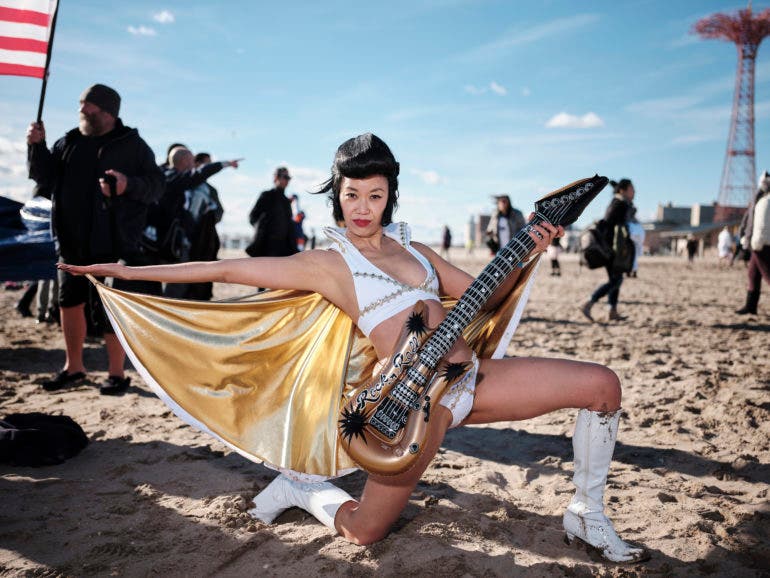Lots of folks think the HDR images their phone gives them look great. But is that really true? If it is, then why do you have to put a million filters on your images? Indeed, your phone’s camera isn’t all that great at taking better portraits of you. That’s because the light you need in the first place isn’t there. Despite what lots of marketing ads say, it’s just not the case. So you have to add it there instead. Here’s why you should use a flash in the day.
Why Your Smartphone Can’t Do This
There are lots of reasons why your smartphone sucks at using a flash in the daytime. If I had a week, I still wouldn’t have enough time to explain this, but here goes:
- Your phone’s camera has a fixed aperture most of the time, and the aperture directly affects light output from a flash (or the LED in this case).
- To compensate for shadows, your phone will lighten up the face/shadows and darken the highlights/brights in the environment around you.
- Then your phone will add a bunch of things like sharpening and clarity to make it seem like natural light is best.
- Portrait mode isn’t going to do what a dedicated camera can.
- No, the LED flash on your smartphone isn’t that strong.
Now let’s get into this more.
What You Need
Believe it or not, you don’t need expensive gear to pull any of this off. For only around $129 you can get a very capable flash like the Godox TT685. We reviewed it a while back, so you can take a look at what it can do.
Use a Flash in the Day for Better Photos
When using a flash during the day for better photos there are a few things to keep in mind:
- Use the flash in TTL auto mode, which will work with the camera’s metering to adjust the power
- Lower the ISO
- Stop the lens down a bit
- Find shadow coverage
- Place the flash above the person and angle it down at them.
- Use something called high-speed sync: this helps darken the ambient lighting in the scene while your flash illuminates you and makes you stand out. Think of it like the spotlight effect but better.
Below we’re going to show a few photos that demonstrate this effect, and then we’ll talk more about it.

The photo above looks like natural light, right? But that’s not the case; we used a flash in a softbox located camera right. It’s making the light look softer. It also looks more natural than anything your smartphone would give you. There were no special tricks in making this image. All we did was add a light in the right spot.
The flash in this scene is located camera left! But the light looks natural. That extra bit of light is making Steph pop from the background since the surrounding scene is darker.
In this photo a flash was used camera left with Naveed. It looks subtle and natural. When you use a flash in the day, you can add more attention to a specific subject and create stronger portraits.
Would you believe there’s flash in this photo? I couldn’t believe it either, but this image was shot in the New Orleans hot summer heat. This woman looks great without any of the tricks a smartphone will apply.
Your Phone’s Camera Can’t is budding a series on The Phoblographer dedicated to educating people on how to step up from their smartphone.







Leave a Reply